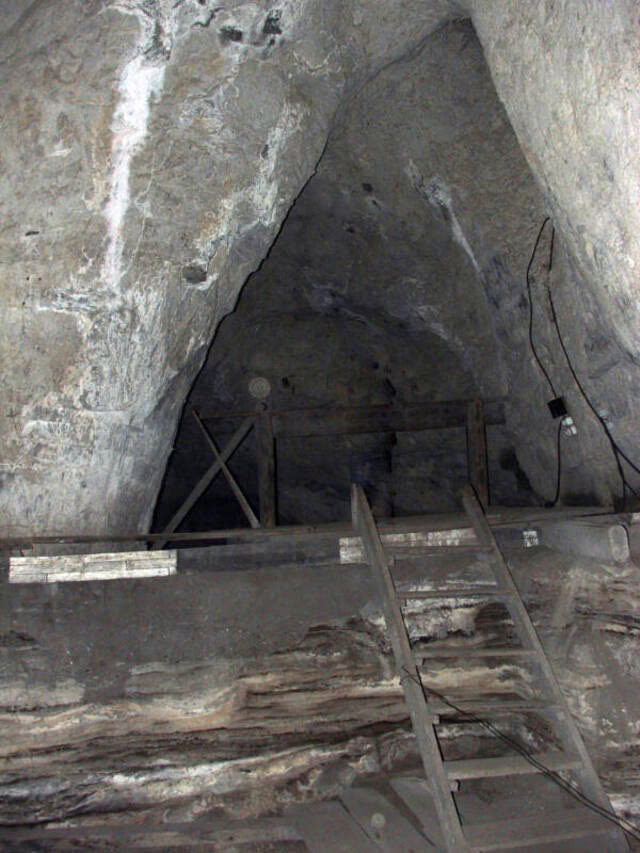A fascinating discovery in 2016 has reshaped our understanding of human evolution, particularly concerning the genetic makeup of Pacific Islanders. Scientists uncovered evidence suggesting the existence of an unidentified human ancestor in Melanesian DNA, adding an intriguing chapter to our evolutionary story.
The Unique Genetic Profile of Melanesians

The story begins with the Melanesians, indigenous people of Papua New Guinea and surrounding islands, who have long been recognized for their distinctive genetic composition. While most non-African populations carry about 2.8% Neanderthal DNA, Melanesians were thought to possess 3% to 6% Denisovan DNA. However, groundbreaking research led by Ryan Bohlender at the University of Texas revealed a surprising twist.
An Unexpected Discovery
When Bohlender’s team analyzed Melanesian DNA using advanced computational models, they found only 1.11% Denisovan DNA—far less than previously estimated. This discrepancy pointed to something remarkable: the presence of genetic material that matched neither Neanderthal nor Denisovan DNA, suggesting an unknown third human ancestor.
The Evolution Puzzle
Understanding Known Ancestors
To appreciate this discovery’s significance, we must consider our known ancient relatives. Neanderthals, whose remains span Europe and Asia, interbred with humans during their migration from Africa approximately 60,000 years ago. Similarly, Denisovans, known primarily from fossils found in Siberia’s Denisova Cave, also contributed to the genetic makeup of Southeast Asian and Pacific populations.
Evidence of the Mystery Ancestor

Supporting Bohlender’s findings, a separate study by the Natural History Museum of Denmark examined Aboriginal Australian and Papua New Guinean DNA. Their research confirmed the presence of genetic material from an unidentified hominid population, distinct enough to represent a new branch in the human family tree.
Implications and Future Research
This discovery suggests that human evolution was far more complex than previously thought. While we have physical evidence of Neanderthals and Denisovans, this mysterious ancestor remains known only through genetic signatures, raising intriguing questions about gaps in our fossil record.
The Path Forward
Scientists continue their work with advanced genetic technology and computational models to uncover more details about this enigmatic ancestor. The search for physical evidence, particularly in Southeast Asia and Oceania, remains a priority for researchers hoping to find fossils that could confirm this population’s existence.
Conclusion

The discovery of this unknown human ancestor in Melanesian DNA demonstrates that our evolutionary history is more intricate and interconnected than we imagined. As science advances, each new finding adds another piece to the complex puzzle of human origins, making our story increasingly fascinating.
The words of Ryan Bohlender ring particularly true: human history is indeed “a lot more complicated than we thought.” This complexity continues to drive scientific curiosity and research, promising more revelations about our ancient past in the years to come.

